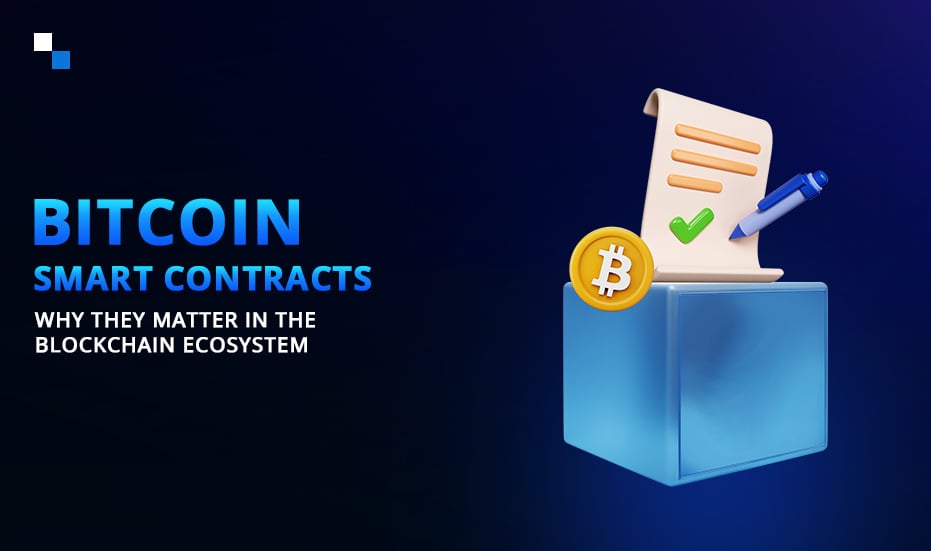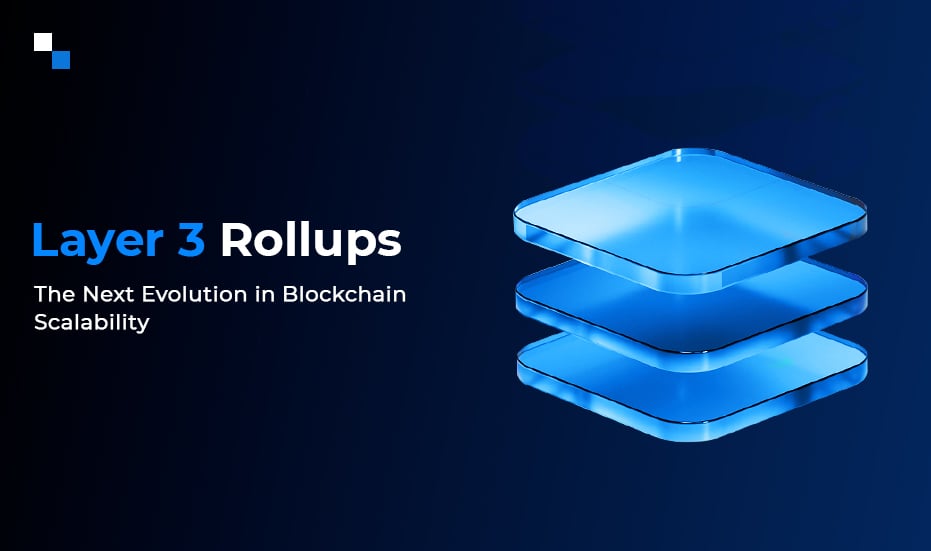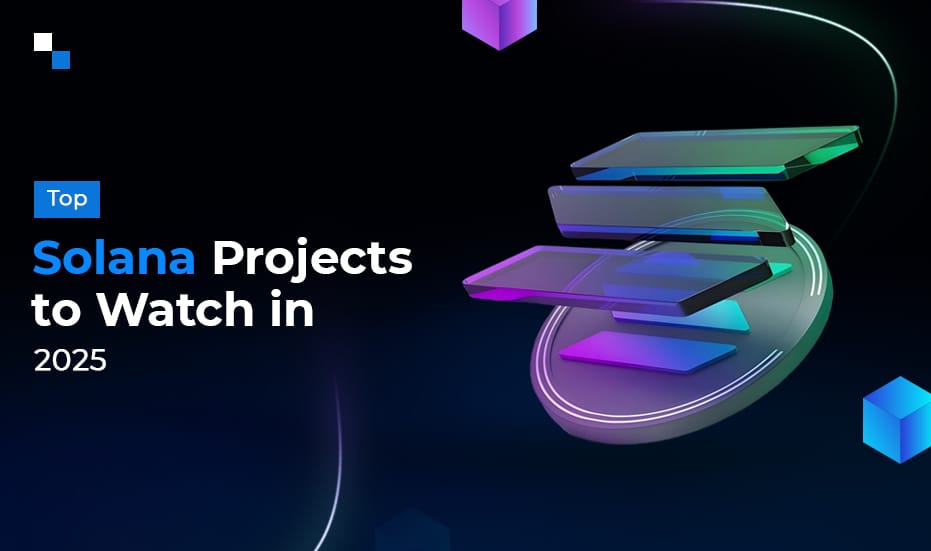
Market-leading features reinforcing our white label crypto exchange
November 8, 2019
What Does it Take to Launch Your White Label Exchange Software
November 13, 2019The conventional monetary system is an outcome of various financial evolvements in the past. In early civilization, human beings started transactions in the form of a barter system. There was no currency and merchants traded their physical goods, mostly with cattle and food grains. Further, the instances of the quasi-banking method allowed for the documentation of banking activities.
Gradually, gold and other precious metals became the commodity for exchange and storage. It was in the later period of the 17th century that banking became financial intermediation between the borrowers and the lenders. The traditional functions of conventional banking involve accepting deposits, transfer of funds and lending of money.
Indeed, the major obstacle arises for the issuance of loans. The functionality of banks in performing loan functionality is bizarre. At times, a bank charges up to 25% of the interest from the borrower and lends at a minimum of 5%-6%. The balancing is with the banks in the form of profits. Thus this is an alarming situation where banks make profits at the edge of customers. With the bad credit history and low credit score, borrowers approach for “payday loans”. This situation even erodes customers’ faith from the system and subsequently makes borrowers entrapped in the debt circle.
The subprime mortgage financial crisis in 2008 made customers lose their interest in the banking system. Thus, the white paper of Satoshi Nakamoto is the answer to all the failures of the current payment system. Blockchain technology is revolutionizing the ecosystem for the common good of all the parties.
Peer to Peer Lending Software
Peer to peer lending software, also known as P2P lending software, is the solution for the entire ruckus created by the current loan payment system. The system offers crypto-backed loans and the concept is gaining rapid momentum and acceptance. A P2P lending platform eliminates the paperwork involved in the lending process and allows the borrowers to acquire loans at a lower interest rate.
On the contrary, in the conventional payment system, borrowers have to go through a long documentation and verification processes. They are even charged with an inflated rate of interest on loans.
As the P2P lending process helps overcome the challenges of a traditional lending process, it is rapidly gaining popularity worldwide. In this process, a loan is given to the borrower based on his/her collateralized amount. For example, if LVR (loan to value ratio) is 50% then it signifies that out of the total collateralized amount 50% will be regarded as a loan. The loan is secured against the smart-contract-based operating system on the blockchain protocol. The contract can be modified according to the requirements of the buyer. The duration of the contract ranges from days to months or even years.
In the negotiation process, neither the credit score nor the history of the loans is checked. Unnecessary documentation or paperwork is eliminated from the process. Basic identification and verification are illustrated on the blockchain and loans are remitted to the borrower.
Indeed, in the situation of the inflationary environment of the country, borrowing from local banks becomes an impossible task. Therefore, crypto loans can serve the purpose in the advanced and secured manner.
The underlying process of P2P lending platform
Peer to peer lending software works in a similar fashion as of traditional loan banking. Mutual coordination is maintained between the lending platform, borrowers and lenders. The borrower has to make an interest payment which may be fixed or floating. Various conditions such as quality of the collateral, tenure of the loan, market conditions and others are considered in the contract.
After the principle amount and interest payment are paid, the collateralized cryptocurrency is returned to the borrower. Given the volatile nature of cryptocurrency, there is a mechanism of margin calls. As the value of collateral decreases, the borrower is liable to add further cryptocurrency in the software to maintain the desired balance. Margin calls protect the interest of the lenders from the downside risk.
P2P lending software: What all should be considered?
There are various checklist items that should be considered before while creating a P2P lending platform.
- Loan to Value Ratio
Loan to value ratio (LVR) is defined as the ratio of the value of the loan that can be provided to the borrower based on the collateral that he has deposited. It is generally expressed in the form of a percentage.
To put in numbers, if a borrower borrows $70,000 for a property worth $100,000, then the LVR would be 70,000/100,00 that is 70%.
A high LVR ratio means that the lender has to provide a higher sum of money to the borrower for the same collateral value. Generally, in peer to peer lending software, a borrower loses his crypto assets if the value of cryptocurrency decreases to a particular limit as it increases the risk for the lender of money.
This is why, in the crypto-backed loans, the LVR ration generally remains around 50% to secure the position of both borrowers and lenders.
- Interest rates
The borrower has to pay the interest rates at a subsequent period to the lender for providing the loans at the time of need. In P2P lending, there are generally lower interest rates as there is a direct relationship between the borrower and the lender. Thus, it would not be wrong to say that peer to peer lending software cost less in terms of interest rates.
- Loan currency
In crypto-backed loans, cryptocurrency acts as collateral even for fiat currency loans mainly US Dollars. While forming declarations, all terms and conditions must be set before moving forward. The time, processing fee, LVR rate and others must be considered beforehand. For instance, a borrower requires a loan of $4,400 then he must ensure $8,800 in terms of collateral with the software, considering LVR as 50%.
- Repayment options
The loan taken has to be repaid within the due time frame. In the case of defaulting on repayment of loans from banks, there is a reduction in credit score, leading to bad credit history. The personal account of defaulter may also be seized by the bank authorities.
But in the case of crypto-backed loans, there is no minimum time frame for the repayment of the loan. This mechanism allows the borrowers to repay the loan in smaller batches, thus also freeing them from the interest payments.
Future of P2P lending
P2P lending software is multifarious. This platform enables transparency and openness of transactions. The mutual conduct within the borrowers, lenders and platform owners is also maintained. This mechanism assures the lender for the repayment of the principal amount along with the interest. Moreover, the defaults in the crypto-backed loans are minimal due to their proper aspect of collateralization.
This system functions in the best interest of those who aspire to keep the cryptocurrencies for the long term period. It also ensures that the capital is usable while retaining it.
All of the points aforementioned conclude that peer to peer lending software has a long way to go. Business entities are yet to embrace the full potential underlying this technology, however, it is estimated that the lending market will reach $290 billion by the year 2020.
If you are planning to build a P2P lending platform to tap into the billion-dollar lending market and rake in huge profits, we can help.
Antier provides you with a diligently-crafted, feature-rich white label lending solution that expedites deployment and reduces the development cost.
Schedule a free demo to gain in-depth insight into the features and working of our turnkey lending platform or talk to our experts to share your development needs.



